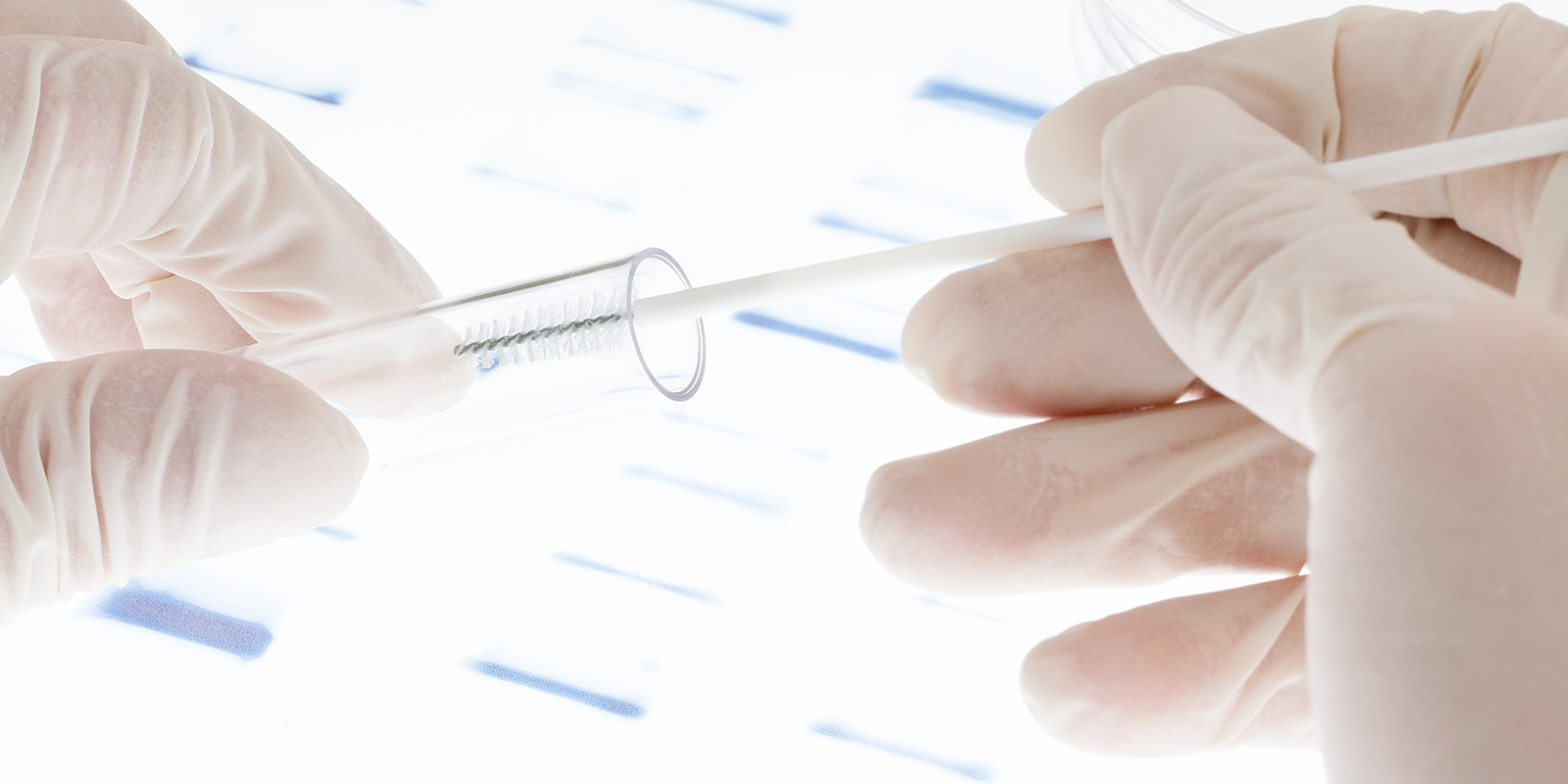Almost three decades ago, preimplantation genetic testing (PGT) was applied clinically for the first time by pioneers like Alan Handyside in the UK and Yuri Verlinsky in the US. Still, introducing this procedure can be a challenge. In this blog post you will get a practical guidance of what to consider when introducing PGT in your IVF clinic.
Genetic testing is a progressing but yet complex field
After the clinical introduction, the rather small group of reproductive clinicians, embryologists and geneticists, who work with genetic testing such as PGT-A and PGT-M, have now grown into a global mega-community. The technology has also moved forward in almost all aspects involved.
Small expert meetings and discussion groups have evolved into large conferences and organisations that promote the field. Despite all this it can be challenging for anyone who will enter this field to find the way through what looks like a maze of terminology and specialisation.
How will the introduction of PGT affect your IVF lab?
The main areas that will be affected when genetic testing is introduced are:
- Laboratory equipment
- Staff
- Workflows
There are many factors to consider when introducing PGT as a routine treatment offer as a proper implementation involves both the IVF laboratory and the genetic center.
The first step is to consider what has to be invested in regard to get the required equipment.
Training and education is the next step and should not only concentrate on biopsy but also on accompanying expertise that is needed, like sampling of the biopsy material and vitrification of blastocysts. All procedures have to be embedded into a clear-cut workflow that links all parties involved and is based on a proper quality management system. Eventually staff number have to be adapted, as overall working time will increase.
Once the procedures are all set and in place, constant evaluation and adaption of the entire process is mandatory in order to ensure that everything works hand in hand, from genetic counseling to the actual treatment and from the genetic diagnosis to the embryo transfer.
Download white paper to get more guidance
The above are just a few aspects to mention. My white paper contains more detailed guidance on what to consider and you are welcome to download it here.
Note. This blog post has been updated to reflext the new nomenclature for genetic testing.
Topics: Time-lapse, genetic testing
Written by Dr. Markus Montag
Markus is a well-known researcher in the field of IVF, where one of his specialities is time-lapse. He has more than 20 years’ experience as Lab Director. Markus spends his time working as a consultant for IVF centres around the world and also for Vitrolife.

